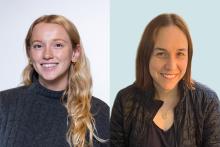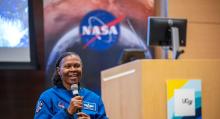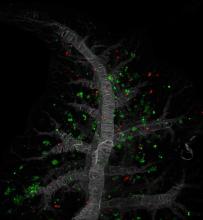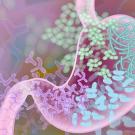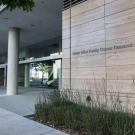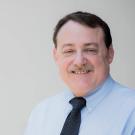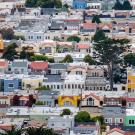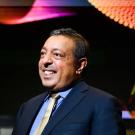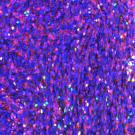News
Can Gut Microbes Save Patients from Chemotherapy Side Effects?
Chemotherapy doesn’t just kill cancer cells. It also affects the microbes in the digestive tract. Researchers at UC San Francisco have discovered that some gut bacteria can reduce the side effects of these potent treatments, and that one family of cancer drugs may actually boost these protective
AI in Cancer Care, Targeted Therapies Among Cancer Conference Talks
Leading cancer researchers from UC San Francisco presented talks about advances in targeted therapies, cancer genomics, using AI to personalize cancer treatment, improving diagnosis of hard-to-treat cancers and other cancer research topics at this year’s annual meeting of the American Association
From Tumor Sidedness to Team Science: Dr. Alan Venook Reflects on a Career That Changed Colorectal Cancer Care
Alan P. Venook, MD, is a nationally renowned gastrointestinal (GI) oncologist at the University of California, San Francisco (UCSF), where he serves as the Madden Family Distinguished Professor of Medical Oncology and Translational Research and the Shorenstein Associate Director for Program
How Do Neighborhoods Impact Children’s Chances of Surviving Leukemia?
Acute lymphoblastic leukemia (ALL) and acute myeloid leukemia (AML) are the most common pediatric cancers and among the leading causes of death in children. To improve kids’ chances of survival, early diagnosis and prompt hospital treatment are required. ALL also requires numerous outpatient visits
UCSF Scientist Receives High Honor for Exceptional Career
UC San Francisco researcher and campus leader Atul Butte, MD, PhD, has been recognized for his outstanding career in the computational and health sciences with induction into the American Academy of Arts and Sciences, one of the most prestigious and oldest honor societies in the U.S. Butte is a
AI in Cancer Care, Targeted Therapies Among Cancer Conference Talks
For latest coverage: UCSF at AACR Leading cancer researchers from UC San Francisco will present talks about advances in targeted therapies, cancer genomics, using AI to personalize cancer treatment, improving diagnosis of hard-to-treat cancers, and other cancer research topics at this year’s annual
Here’s How to Prime Tumors to be Defeated by Cancer Immunotherapy
One of the best ways to defeat cancer is by rousing the immune system to attack it. Experts have thought that immune cells had to be inside of tumors for one type of immunotherapy, known as checkpoint inhibitors, to work. But new research from UCSF shows otherwise – creating the possibility that a
